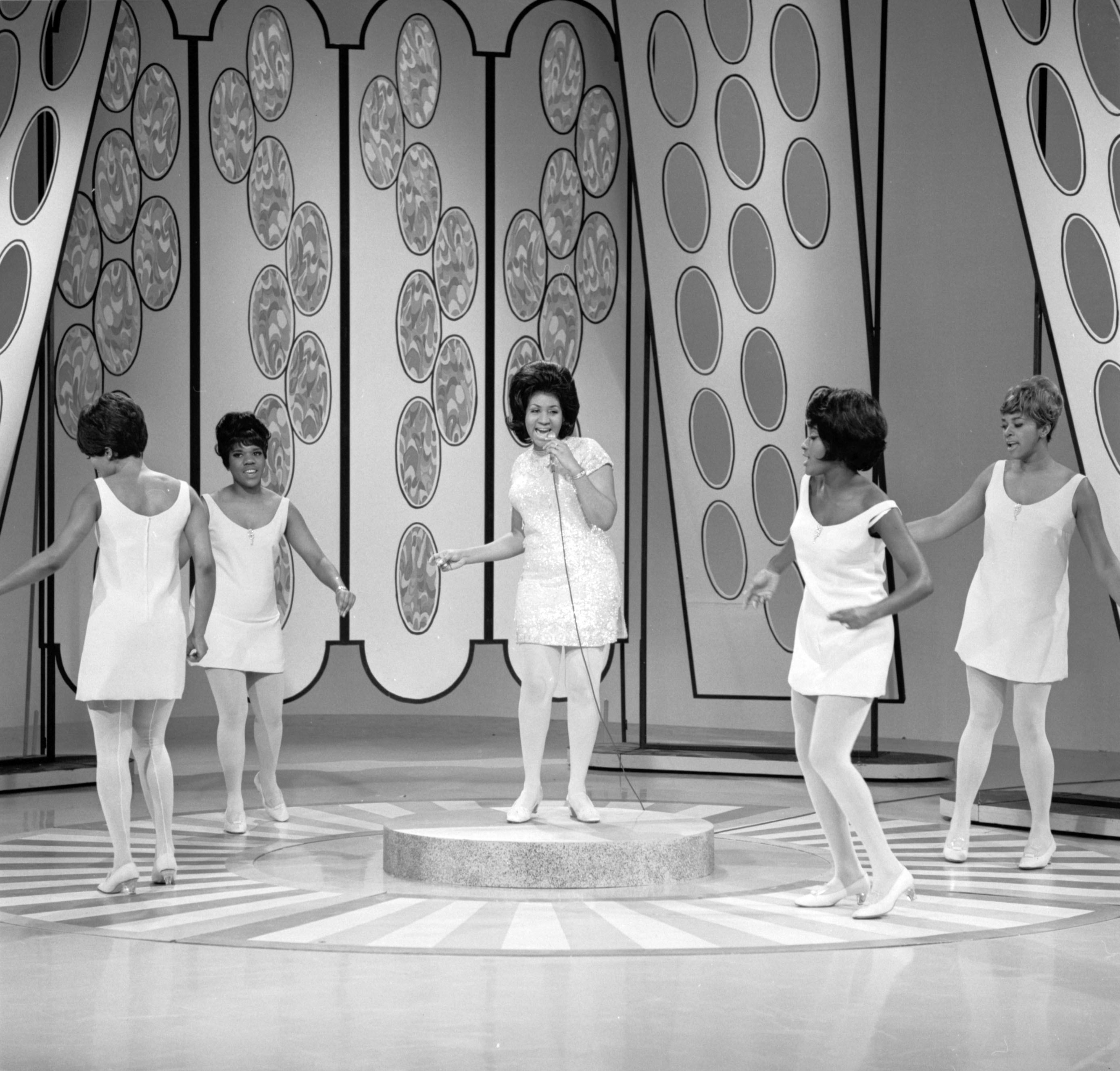Rhythm and blues is a style of blues music with an aggressive, driving beat. It developed in the United States by the late 1940’s. It is also called rhythm ‘n’ blues or R&B for short. See Blues.

Rhythm and blues developed among African American communities mainly in large industrial cities of the United States, many of them in the North. These cities included Chicago, Illinois; Detroit, Michigan; Kansas City, Missouri; Los Angeles, California; and New York City, New York. Many African Americans came to these cities from the Deep South in search of better lives. They brought with them their music, including the blues. The blues had generally featured simple sung melodies with a guitar accompaniment. In the cities of the North, rhythm and blues developed into a separate sound. This new music featured stronger dance rhythms. It also included additional instruments, including drums, bass guitars, trumpet, saxophones, and keyboards.

The music magazine Billboard first used the term rhythm and blues in 1949. By then, however, it was probably already widespread in the Black community. The terms “Harlem Hit Parade” and “race records” had previously been used to refer to charts (lists) of Black music. These charts tracked the popularity of African American recordings played on the radio and sold in stores. Rhythm and blues was aimed primarily at a Black audience. Records were also marketed to a lesser degree to white audiences. Small, independent record labels produced most of the rhythm and blues recordings of the 1940’s and 1950’s. During that time, both the rise of radio stations playing Black music and the popularity of jukeboxes that played records spread the music to a widening audience.

In the mid-1950’s, such rhythm and blues performers as Ruth Brown, Fats Domino, Etta James, Little Richard, Hank Ballard, and Ray Charles produced a string of hit songs, all with a strong, danceable beat. The lyrics primarily celebrated dancing, romance, and good times.
With the rise of rock and roll, white performers adopted the rhythm and blues style of such popular performers as Chuck Berry and Bo Diddley. Many of the early hits by rock’s first stars, including Bill Haley and the Comets and Elvis Presley, were faster versions of rhythm and blues songs.
